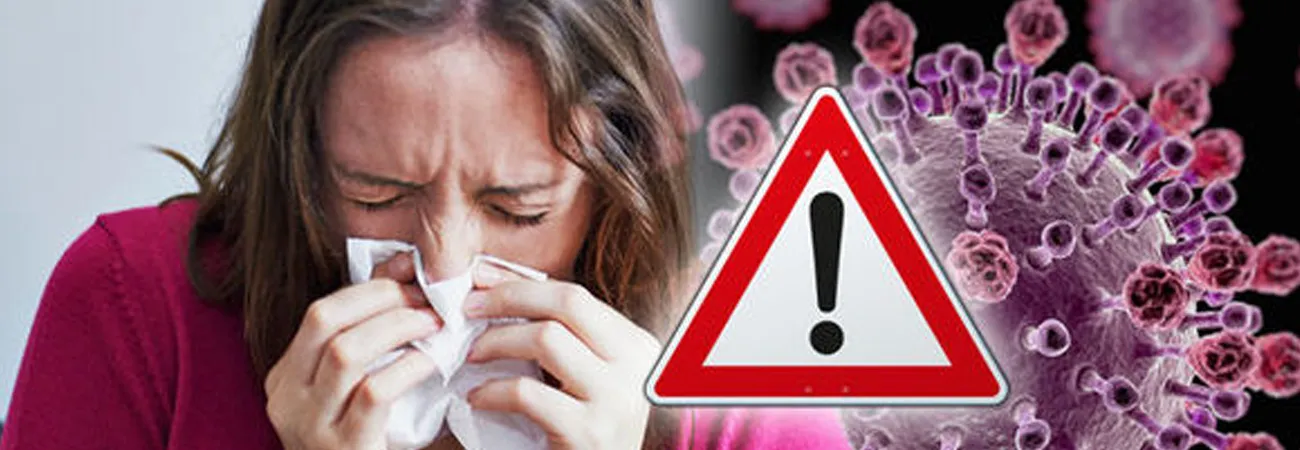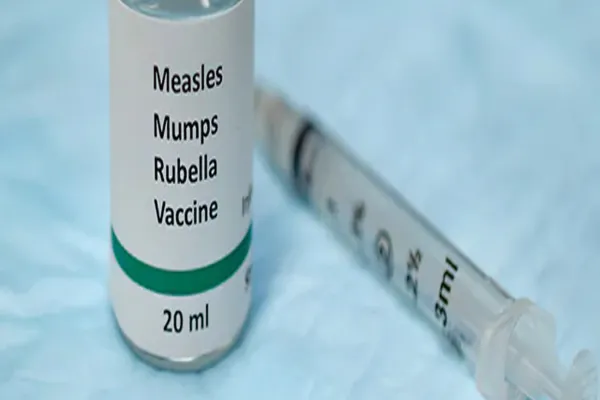i NEWS PAKISTAN
Over the past month, Punjab and potentially the entire country has been grappling with a widespread viral illness. This outbreak is distinct from the usual seasonal cold and flu, primarily due to its rapid onset and prolonged symptoms. As a chest specialist, I aim to provide clarity on the nature of this illness, its symptoms, and effective management strategies for both the general public and medical professionals. This viral illness is characterised by its sudden onset and unique symptom pattern. Patients typically experience: High-grade fever (101–103°F) that subsides within 1–2 days.
Persistent cough lasting much longer than the fever, often causing significant discomfort. Generalised symptoms such as body aches, headache, runny nose, and, in some cases, diarrhea. The prolonged cough, in particular, has been a source of distress for patients, parents, and physicians alike. It is important to note that this cough is part of a post-infectious cough syndrome, which is a common aftermath of viral infections. Why antibiotics are not the answer One of the most critical points to emphasise is that antibiotics are not effective against viral infections.
This illness is viral in nature, and prescribing antibiotics will not alleviate symptoms or speed up recovery. Instead, unnecessary antibiotic use contributes to the growing global crisis of antibiotic resistance, making it harder to treat bacterial infections in the future. For doctors: Avoid prescribing antibiotics for this viral illness. Educate patients and caregivers about the prolonged nature of the cough and the importance of supportive care. Focus on supportive treatments such as nebulisation, antihistamines, and expectorants to manage symptoms.
For the public: Understand that antibiotics are not a cure for viral infections. Follow supportive care measures to ease symptoms. When to seek further medical attention While most cases of this illness resolve with time and supportive care, there are certain red flags to watch for: Persistent high-grade fever lasting more than 7 days. Severe breathing difficulties or chest pain. Worsening symptoms after initial improvement. In such cases, consult a healthcare professional promptly to rule out secondary bacterial infections or other complications.
Prophylaxis for Secondary Bacterial Infections: A Word of Caution In patients who are afebrile (without fever) and have a cough lasting 10–14 days, or those with a high-grade fever lasting 7 days or less, prophylactic antibiotics are not recommended. Overuse of antibiotics in such scenarios can do more harm than good. A call to action for the medical community As healthcare professionals, doctors have a responsibility to practice evidence-based medicine and educate our patients. By avoiding unnecessary antibiotic prescriptions, doctors can help curb the rise of antibiotic resistance and ensure better health outcomes for our community.
This viral outbreak, while concerning, can be managed effectively with the right approach. For the public, understanding the nature of the illness and trusting your healthcare provider’s advice is key. For doctors, adhering to responsible prescribing practices and focusing on patient education will go a long way in managing this outbreak and safeguarding public health.
Credit: Independent News Pakistan (INP)









